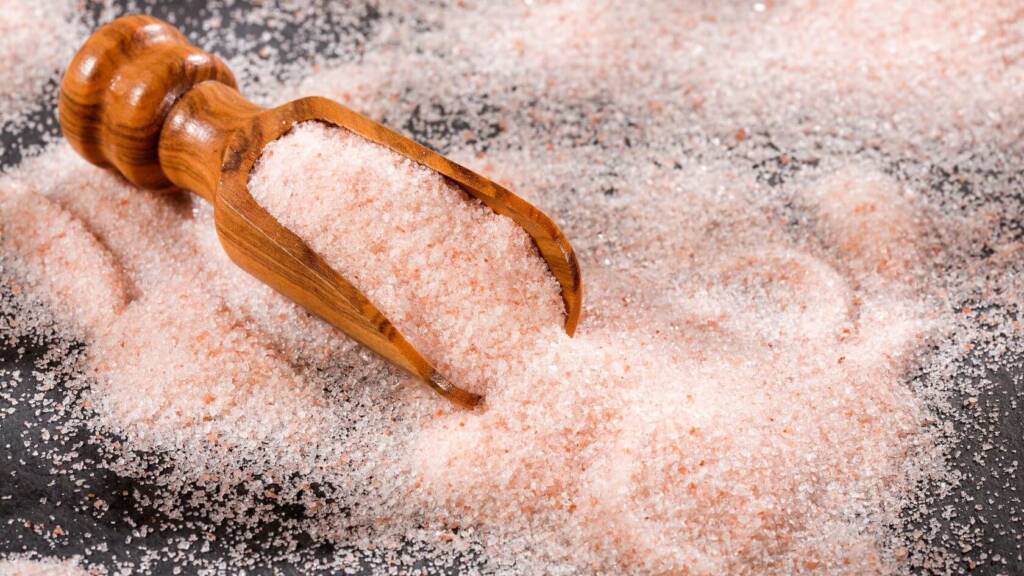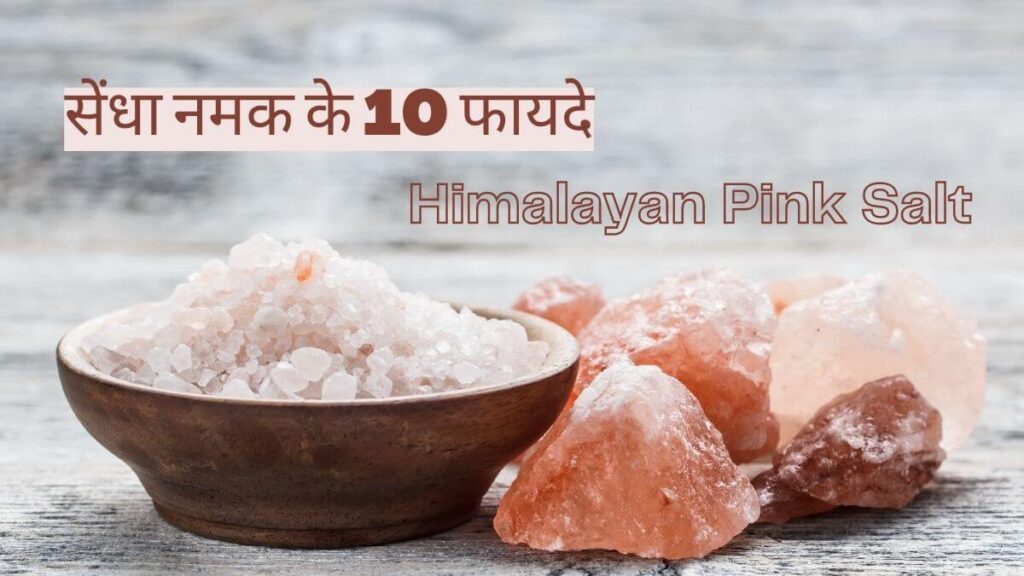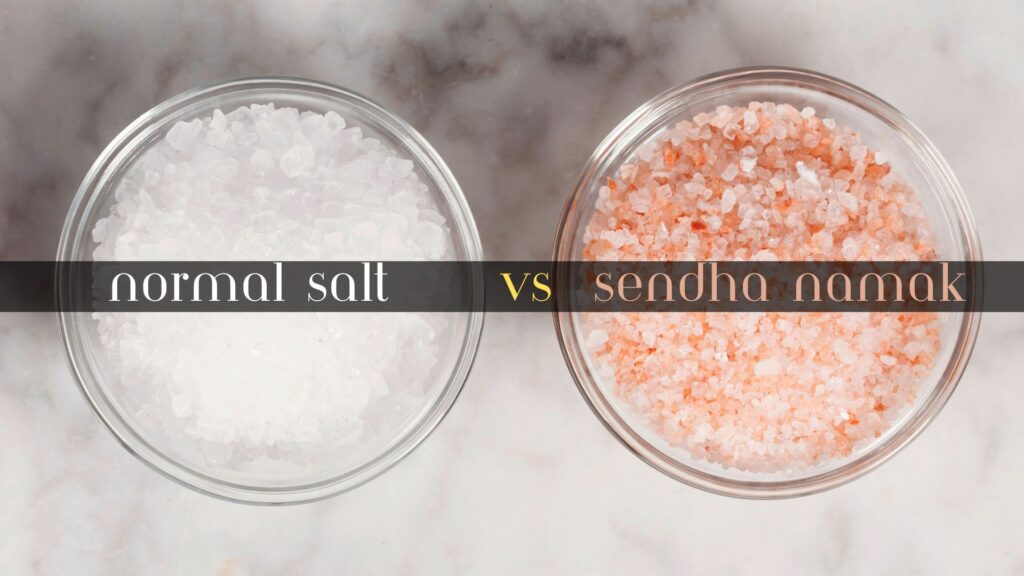Pink Himalayan salt has gained popularity and a cult following due to its unique properties and perceived health benefits. However, its high cost compared to generic table salt raises the question:
Why is pink Himalayan salt so expensive?
In this article, we will explore the differences between various types of salt and the origins of these claims surrounding pink Himalayan salt.
The Types of Salt:
To understand the distinction between pink Himalayan salt, it is essential to examine the different types of salt commonly found in the industry.
Table Salt
Table salt is typically produced by extracting saltwater from underground sea beds and refining it in purification plants. During this process, natural minerals like magnesium and potassium are often removed, leaving behind a chemically refined product.
Sea Salt
Sea salt is obtained by evaporating seawater either naturally using the sun or artificially through indoor heaters. Unlike table salt, sea salt usually does not contain additional chemicals, and its natural mineral content remains intact.
Rock Salt (Sendha Namak)
Rock salt (also called Sendha namak in Hindi) is sourced from deposits formed by evaporated seas buried deep underground.
The rock salt, known as halite, is extracted by drilling the rock face, crushing it, and breaking it into pieces. Pink salt, a specific variant, is found in limited locations, including the Murray River in Australia and Maras in Peru, but its supply is not scarce.
Pink Himalayan Salt:
The majority of pink salt mines are situated in Pakistan, at the base of the Himalayas, with the Khewra Salt Mine alone producing 350,000 tons annually. Himalayan Pink salt is distinctive due to its pink color, which is attributed to an estimated 84 different minerals present in the salt.
However, these minerals account for only around 2% of the overall salt content.
Health Claims:
While some supporters claim that Himalayan Pink salt offers numerous health benefits, such as weight loss, anti-aging properties, sleep regulation, and increased libido, the reality is different.
The trace mineral elements found in the salt are present in such small quantities that consuming regular servings of salt is unlikely to provide significant health benefits.
Alternative Uses:
Apart from its culinary applications, Himalayan Pink salt has been promoted for alternative uses, such as inhalation therapy or using it as a lamp.
However, these claims are often based on anecdotal evidence and lack scientific backing.
The Appeal of Pink Himalayan Salt:
Despite the limited health benefits, pink Himalayan salt continues to be marketed as a luxury salt. One factor contributing to its popularity is its visual appeal. Being naturally pink, it makes for aesthetically pleasing food and gains attention on platforms like Instagram.
The influence of social media trends and the desire for visually appealing food contribute to the demand for pink Himalayan salt.
Taste Comparison:
Regarding taste, opinions vary. Some individuals claim that pink Himalayan salt has a more pleasant flavor and is less harsh on the palate compared to table salt.
However, others find little difference in taste, perceiving both salts as simply salty.
Final Thoughts
Pink Himalayan salt’s high price can be attributed to its unique origins, limited availability in certain regions, and the marketing of its perceived health benefits. While it does contain trace minerals, the quantities are minimal and unlikely to provide significant health advantages.
Nonetheless, the visual appeal of pink salt and the influence of social media contribute to its continued popularity.
Whether pink Himalayan salt remains a long-lasting trend or fades away over time remains to be seen.




